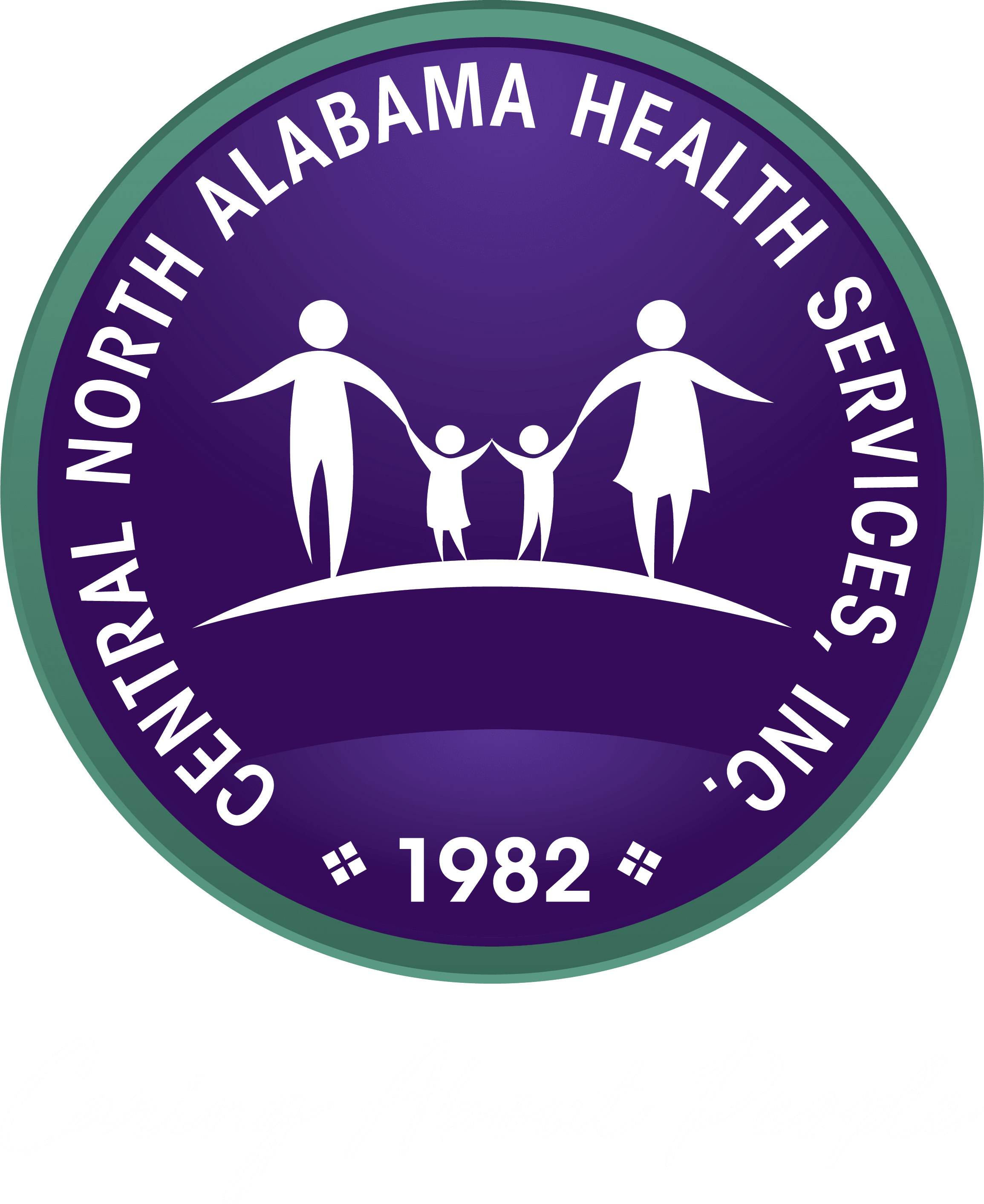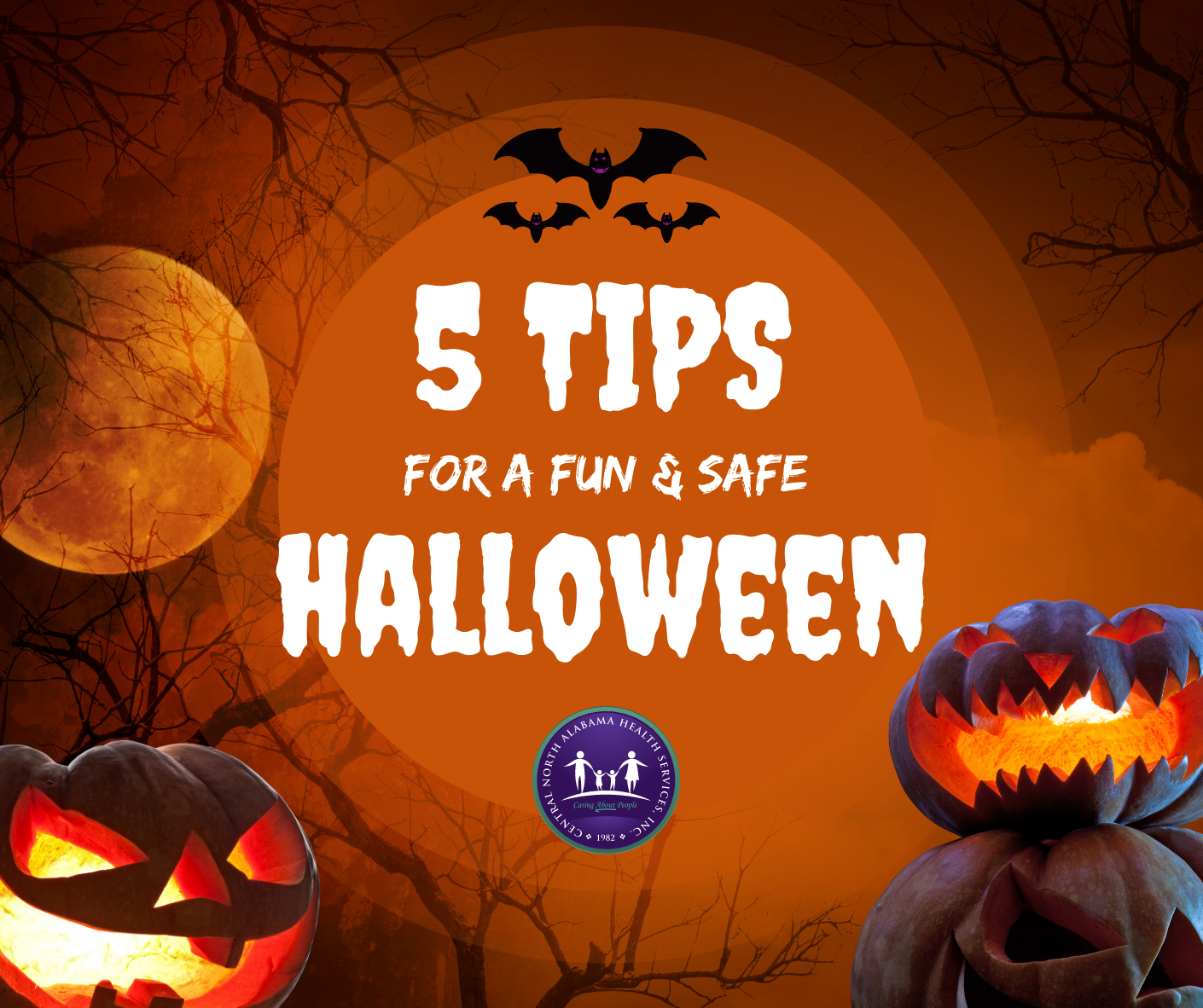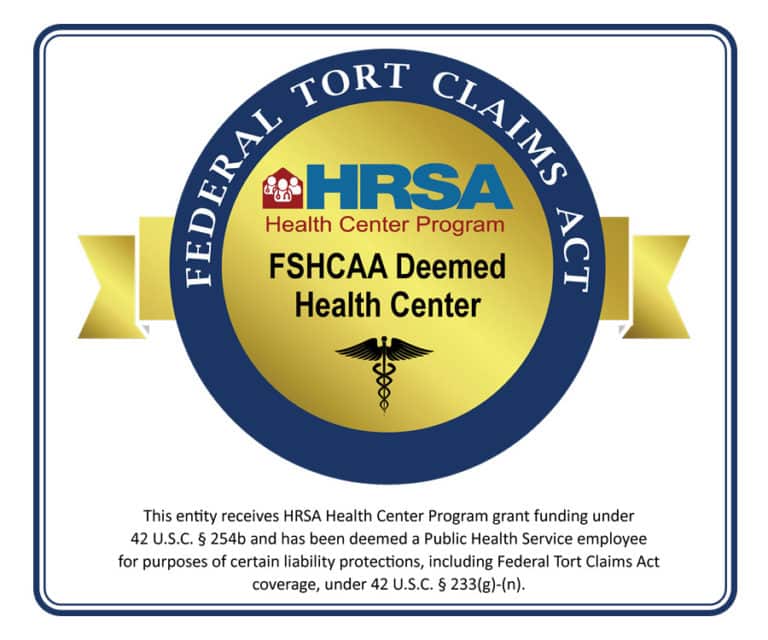Have A Spooktacular Halloween!
As Halloween draws closer, the excitement builds, and little boys and girls get ready for their spooky trick-or-treating adventures. But it’s important to remember that safety should be a top priority for every parent. In this guide, we’ll go over common Halloween emergencies and how to prevent them. Because nothing is scarier than an accident or injury on Halloween.
1. Avoid Costume Mishaps: Choose a Costume that Fits
A well-fitting costume is key to a safe Halloween. It should allow easy movement to avoid trips and falls. Make sure shoes fit properly, and avoid wearing uncomfortable shoes. Items like hanging capes, eye patches, and masks can pose a risk for falling or running into things.
The U.S. Consumer Product Safety Commission says that about 27% of Halloween injuries come from trips and falls.
2. Remain Visible
To see and be seen, add reflective tape to costumes and carry flashlights. These simple steps make a big difference in how easily people can spot you.
AccidentDoctor: reports that 63% of children don’t carry a flashlight on Halloween.
3. Carving Pumpkins Safely
Carving pumpkins is a fun part of Halloween, but be careful with sharp tools. Always have an adult around, and make sure kids use the right tools for their age.
Forbes reports that 41% of Halloween-related injuries happen because of pumpkin carving each year.
4. Fire Safety
Candles and jack-o’-lanterns give a warm glow, but they can also be dangerous. Keep them in safe spots where they won’t get knocked over or start a fire. Never leave them alone. Be sure to wear costumes that are flame-retardant.
From 2017 to 2019, Halloween-related fires averaged 9,200 cases yearly in the U.S. These resulted in 25 deaths, 100 injuries, and $117 million in property damage, as reported by the U.S. Fire Administration.
5. Checking Treats
Before eating any candy, take a good look at it. Check for any signs that it might not be safe, including chocking hazards and allergies. If your child has allergies, have a plan for proactively inspecting the treats.
A study in the Canadian Medical Association Journal reveals an 85% surge in peanut-related anaphylaxis cases during Halloween.
By following these important safety tips, you can make sure your child has a Halloween filled with fun, good memories, and, most importantly, safety. Let’s make this Halloween a great time for everyone, with no scary accidents. Happy trick-or-treating!


